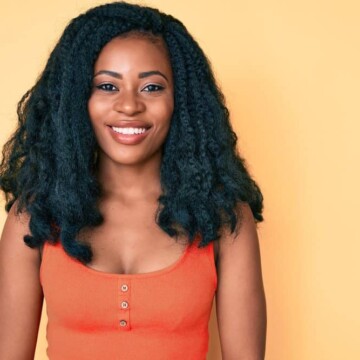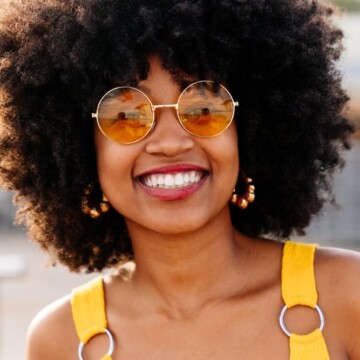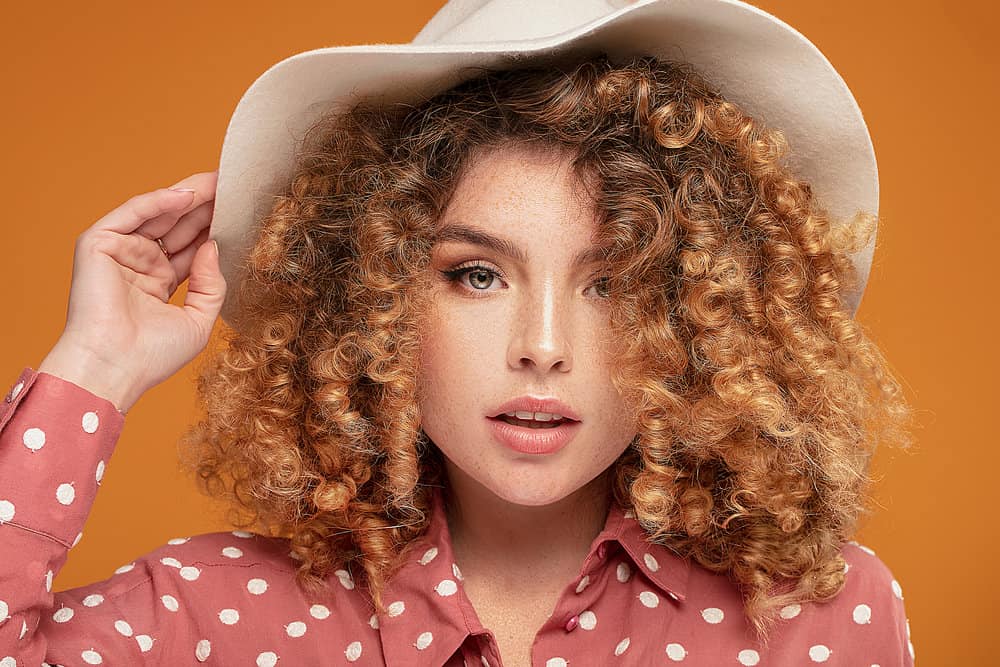
Bleaching your hair is one of the best ways to achieve vibrant, light, or pastel shades, but how long does bleached hair last? What happens once your hair dye wears off?
If you’re wondering whether or not bleached hair reverts to normal, you’ve come to the right place! In this article, we’ll explain how long bleached hair lasts. We’ll also give you tips on how to get your natural color back, so make sure you keep reading until the end!
Table of Contents
How Long Does Bleached Hair Last?
Hair bleaching is a permanent chemical process, so your hair won’t ever return to normal. When you bleach your hair, hydrogen peroxide or ammonia force your hair cuticles open.
Then, the bleach enters your hair cuticle and breaks apart the color-containing pigments deep inside.
Once those pigments are removed from your hair, they’re gone forever. While you can add pigments back with hair dye, your hair will always be bleached until you cut it off.
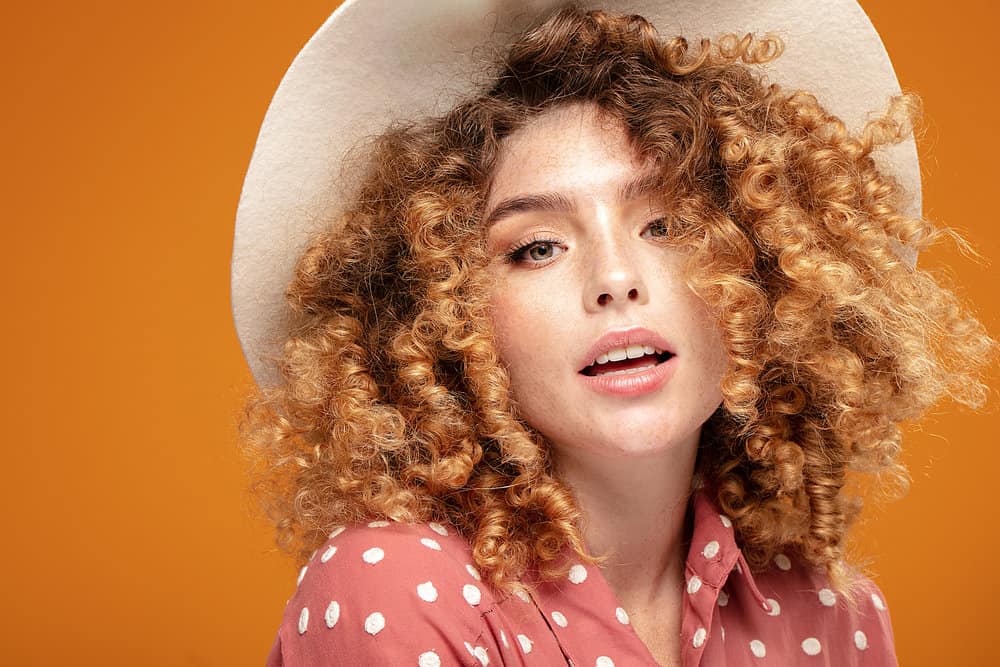
How to Get Your Natural Hair Color Back
Although bleach permanently lightens your hair, there are steps you can take to restore your natural color. Here are three different ways you can get your natural hair color back.
Grow Your Hair Out
Because bleached hair does not return to normal, you’ll have to grow your hair out to get your natural hair color to return. On average, human hair grows half an inch a month.
So, if your hair was 12 inches long before you bleached it, it’ll take two years to grow it out to the same length. It takes a while, but growing your hair out is the only way you can return it to its normal, pre-bleached state.
Growing your hair out can feel like it’s taking forever, so here are a few things you can do to speed up the process.
- Give yourself daily scalp massages.
- Try to eat a balanced diet and drink plenty of water.
- Incorporate healthy hair oils into your hair care regimen.
- Moisturize and deep condition your locks regularly.
- Protect your hair from heat, chemical, and environmental damage.

Dye Your Hair
Hair dye can give you your natural hair color back immediately and is one of the best ways to retain your length. While you can color your hair yourself, we recommend going to a professional stylist.
They’ll be able to match your natural color to a T, and they have access to high-quality hair dyes. In addition to restoring your natural hues, dyeing your hair darker will also fill in some of the damage caused by bleach, so your hair looks and feels healthier.
You can either get an all-over color or get the bleached portion gently blended into your new shade. Either way, make sure you follow a healthy hair care regimen to take care of your colored locks.
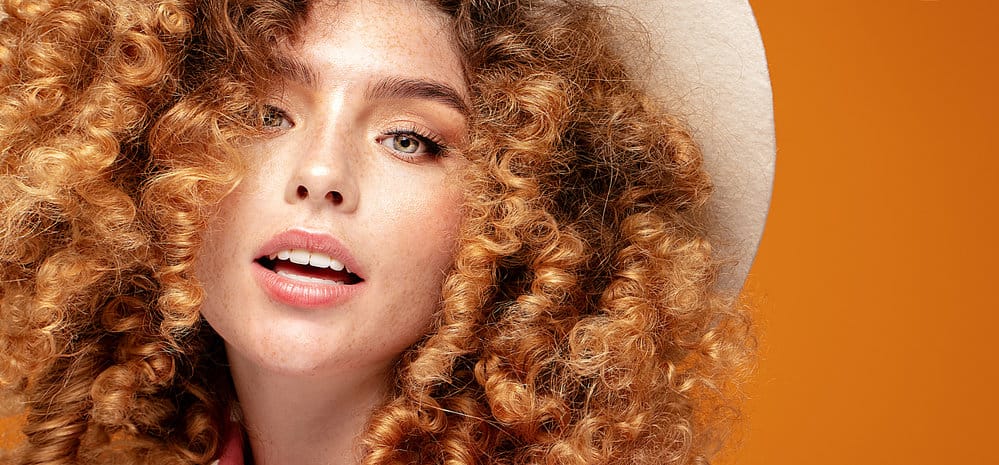
Get a Haircut
Bleached hair never returns to normal, so cutting it off is the only way to get rid of it and restore your hair back to its former color for good.
As a bonus, you’ll also eliminate all the bleach damage, so your hair can grow back strong and healthy. Keep in mind that cutting your hair doesn’t mean that your styling options have to be limited.
You can wear protective styles like wigs, braids, and twists that will allow you to enjoy long tresses while you wait for your natural hair to grow out.
If you're ready to cut your hair and get back to basics, here are a few haircuts that are so cute that you’ll wish you had gone short earlier!
- Pixie cuts
- Bixie cuts
- Bobs
- Buzz cuts
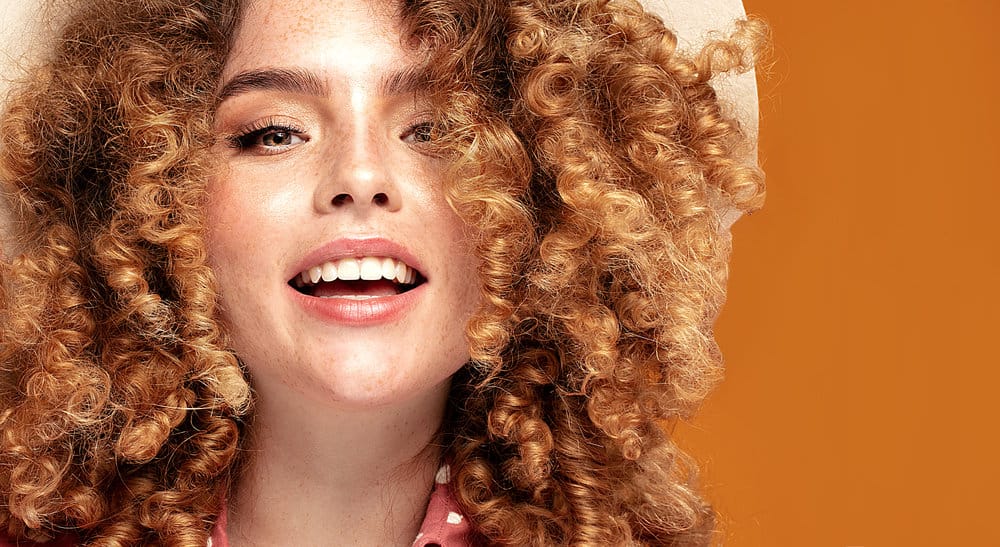
How to Repair Bleached Hair
Whether you want to grow your hair out or your strands just need some TLC, you might be wondering what you can do to restore bleached hair.
While bleached hair is permanent, the damage it causes doesn’t have to be. Here are some tips to repair bleached hair and make it feel healthy again.
Use Protein Treatments
As bleach enters your strands, it forcibly raises your hair’s outermost cuticle and destroys some of the bonds inside. Protein treatments help repair these broken bonds, leaving your hair stronger, less likely to break, and more elastic.
Although you might be tempted to use protein treatments often, only use them once or twice a month. Using protein treatments more often can have the opposite effect and leave your hair dry and brittle.
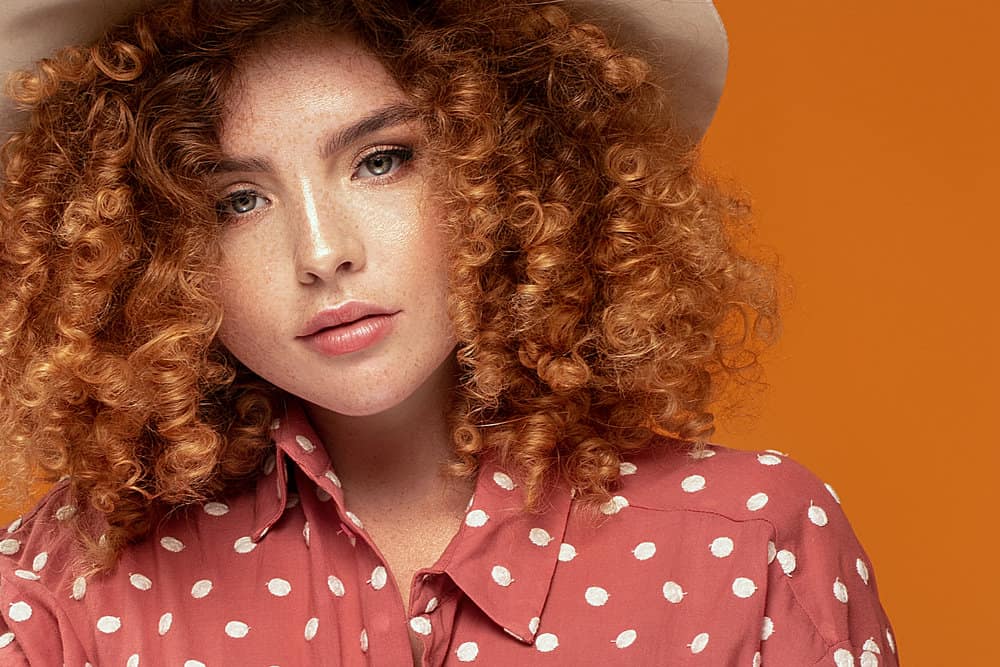
Deep Condition Your Hair
Because bleached hair is porous, it has a hard time holding onto water. Deep conditioning treatments help restore your hair’s moisture and keep it strong, hydrated, and elastic.
They will help undo some of the damage caused by bleach and keep your strands healthy enough to withstand the stress of daily styling and environmental exposure.
If you want to make your deep conditioner even more effective, try sitting under a hooded dryer after you apply it. The heat helps the conditioner sink into your strands, so your hair reaps more of the benefits.
Get Regular Trims
Although it may feel counterintuitive, getting regular trims is one of the best things you can do to keep your hair healthy. As the oldest parts of your hair, your ends are more likely to fray and split.
When left alone, the frayed ends travel upwards and destroy your strands. Trims get rid of the damaged portion before it has a chance to ruin the entire strand.
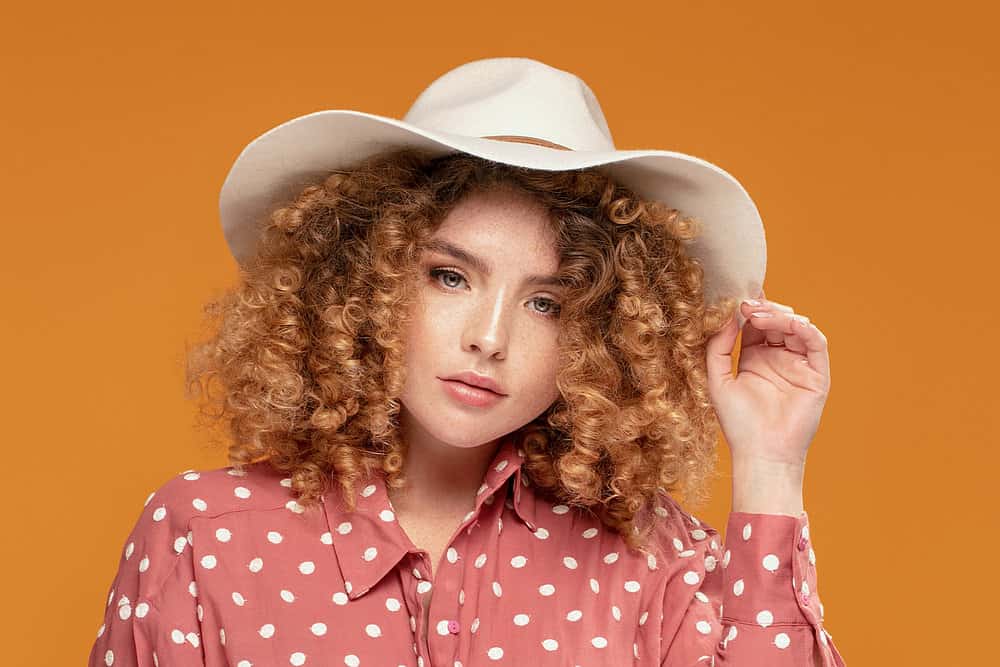
Cut Down on Heat Styling
Styling your hair with hot tools, like flat irons and blow dryers, can be highly damaging to your strands. High temperatures denature the proteins in your strands, leading to dryness and breakage.
You don’t want to harm your chemically damaged strands any further, so use hot tools as sparingly as possible. You should also use high-quality tools, apply a heat protectant, and keep the temperature on a low heat setting.
Get a Keratin Treatment
If you have severe bleach damage, a keratin treatment might be just what you need to bring your hair back to life.
When you get a keratin treatment, your stylist will coat your strands in the liquid protein and then infuse it into your strands with a flat iron. The keratin molecules will fill in any holes and gaps, leaving your hair smooth, shiny, and frizz-free.

Take Preventative Measures Before You Bleach
Preventing damage is almost always easier than fixing it. Before you bleach your hair, learn how to prevent damage. There are a number of ways to avoid damage from bleaching, including:
- Get your hair professionally bleached.
- Follow the instructions closely.
- Use protein fillers or bond repairers with your bleach.
- Go lighter gradually, rather than all at once.
- Don’t bleach damaged hair.
Wash Your Hair Correctly
Although washing your hair is necessary, it can be extremely drying. Shampoo strips the natural oils from your strands and exposes them to harsh elements like heat, sunlight, and pollution.
You can prevent this by only washing your hair as much as necessary, up to two or three times a week.
Never wash your hair with hot water, and always opt for a gentle, sulfate-free shampoo. If your hair is significantly damaged, you might want to skip the shampoo altogether and wash your strands with a co-wash until they recover.
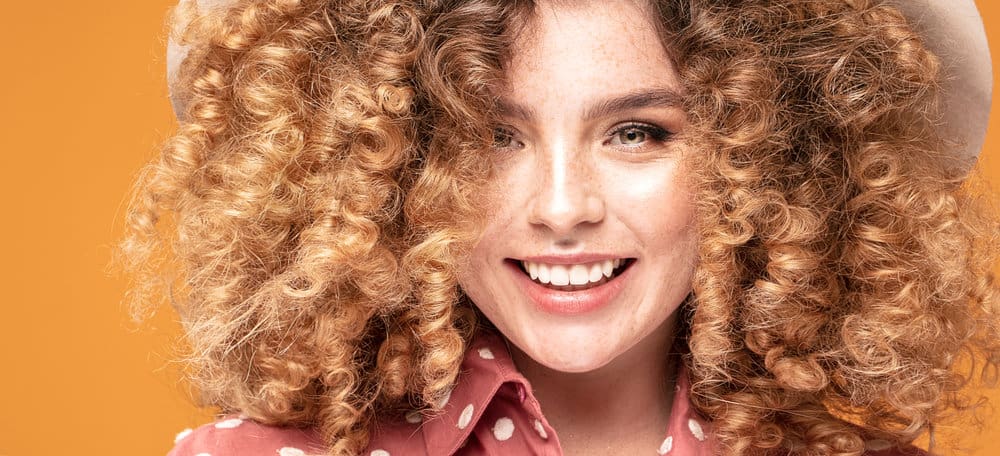
- How Long Does Hair Bleach Last
- How Many Times Can You Bleach Your Hair
- How Long Does It Take for Hair Dye to Fade
- Hair Colors That Last the Longest
Bleaching your hair is permanent, but luckily there are steps you can take to get your natural hair color back and repair the damage. Remember, the more consistent you are with mending your hair, the better your results will be.
We hope this article has helped answer all of your questions about how long bleached hair lasts and given you all the tools you need to keep your hair healthy and beautifully colored!

